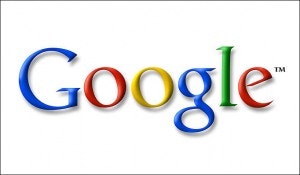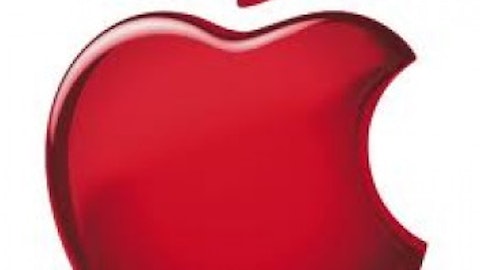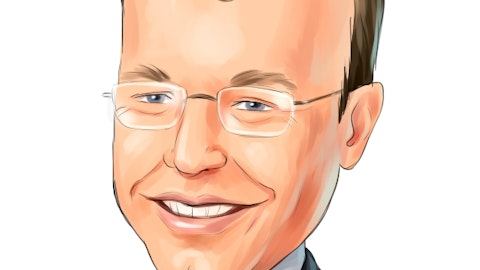On this day in economic and business history…
First came the brick, then the flip — phone, that is. The world’s first “flip” phone, and thus the first truly modern mobile phone, the Motorola Solutions Inc (NYSE:MSI) MicroTAC, hit the market on April 25, 1989. It was a big step forward for an industry that was at the time still largely defined by phones like Motorola’s own DynaTAC, the first commercial mobile phone, which had been released six years earlier. The DynaTAC resembled nothing so much as a big plastic brick with an antenna and some buttons on one side and was sorely lacking in both style and portability.

If the brick defined telecom tech cred in the ’80s, the flip phone became a symbol of the ’90s, showing up everywhere on television and film before the decade was out. The MicroTAC’s dramatic reduction in size over its predecessor also signaled an inflection point for wider mobile adoption, regardless of design. A contemporary Los Angeles Times review shows just how far Motorola Solutions Inc (NYSE:MSI) pushed the industry when it launched the MicroTAC:
The device, half the size of any other portable cellular model, is about as wide and long as a checkbook. It is about as thick as a fat wallet at the earpiece while tapering down to half the thickness of a deck of cards at the mouthpiece. …
The device, called the Micro Tac Personal Telephone, is expected to retail for $2,995 and be available six weeks after being ordered. Motorola Solutions Inc (NYSE:MSI) officials said they were taking orders immediately.
“This is a new category of cellular — the personal cellular,” said Jim Bernhart, vice president and director of distribution for Motorola’s cellular subscriber group. “We view it as the wave of the future.”
Officials of the … company would not reveal development costs for the new device, but said [it] had invested about $350 million in development of cellular telephones.
True to the Motorola exec’s expectations, the flip style became a huge success in the market, but its smaller form factor was ultimately more important to the push for widespread mobile adoption. There were roughly 2 million cellular subscribers in the U.S. at the time of the MicroTAC’s launch in 1989. A decade later, there were 86 million subscribers, representing a growth rate of 45% per year. Not all of these new subscribers used flip phones — the style eventually lost popularity due to its fragility — but device sizes continued to shrink throughout the decade and beyond, and virtually every cellphone on the market in 1999 was as small as or smaller than than the MicroTAC.
Motorola scored the first smash hit of the mobile era with the StarTAC, a flip-phone descendant of the MicroTAC that launched in 1996 and reached 60 million sales. By the late 1990s, however, Nokia Corporation (ADR) (NYSE:NOK) had risen to compete with Motorola for mobile dominance, with many mini-bricks at the top of its sales charts. Nokia Corporation (ADR) (NYSE:NOK)’s simple designs, particularly the 3210 and 3310 models, were enormously successful. Both of these phones enjoyed more than 125 million sales throughout the world during their production runs.
After the turn of the century, Motorola briefly revived the flip style with the enormously popular RAZR line, which sold an estimated 130 million units during its production run. This total can’t compete with that of the simple-but-functional pre-smartphone Nokia Corporation (ADR) (NYSE:NOK) 1110, a low-cost mini-brick released in 2005 that claims more than 250 million unit sales. In the end, a fast-changing industry left Motorola in the dust, and it was acquired by Google Inc (NASDAQ:GOOG) for little more than the sum of its patent parts in 2011.
Heating up the Dow
The Dow Jones Industrial Average (INDEXDJX:.DJI) closed at more than 13,000 points for the first time in its history on April 25, 2007. The markets were racing full steam ahead into the final days of a debt-fueled bull market that had inflated corporate profits to record highs. Companies from metals to e-commerce soared on strong earnings that day, prompting further optimism for the trading days ahead. The Dow Jones Industrial Average (INDEXDJX:.DJI)’s big winners were aluminum bellwether Alcoa Inc (NYSE:AA), which gained 5% on news that it might sell off its Reynolds Wrap division, and International Business Machines Corp. (NYSE:IBM), which announced plans for a $15 billion share buyback while also increasing its dividend payout. These two stocks were hardly alone in their upward charge: All but one of the Dow’s 30 components posted gains for the day.
The Dow Jones Industrial Average (INDEXDJX:.DJI)’s eventual close of 13,089.89 points was a reasonable 1% gain over April 24th’s closing value, leading David Straus of Johnston Lemon to tell Reuters:
We are definitely in a bull market here. We had a lot of hesitation at the round number of 13,000, but then it went through and we attracted some volume. … Earnings expectations had been beaten down so much, [but] they are coming through.
However, the bull run would not last much longer. The Dow had only 8% more to rise before peaking in early October, and from there it would suffer the worst collapse since the Great Depression. There were some warning signs even at Dow 13,000, but you’d have to squint to make them out. Earnings expectations, as Straus said, had been diminished, but housing data was already starting to show cracks as well: New-home sales did increase for the prior month, though at a slower rate than expected.
The article The Day the Mobile Revolution Really Started originally appeared on Fool.com is written by Alex Planes.
Fool contributor Alex Planes holds no financial position in any company mentioned here. Add him on Google+ or follow him on Twitter @TMFBiggles for more insight into markets, history, and technology.The Motley Fool recommends Google. The Motley Fool owns shares of Google and International Business Machines.
Copyright © 1995 – 2013 The Motley Fool, LLC. All rights reserved. The Motley Fool has a disclosure policy.

